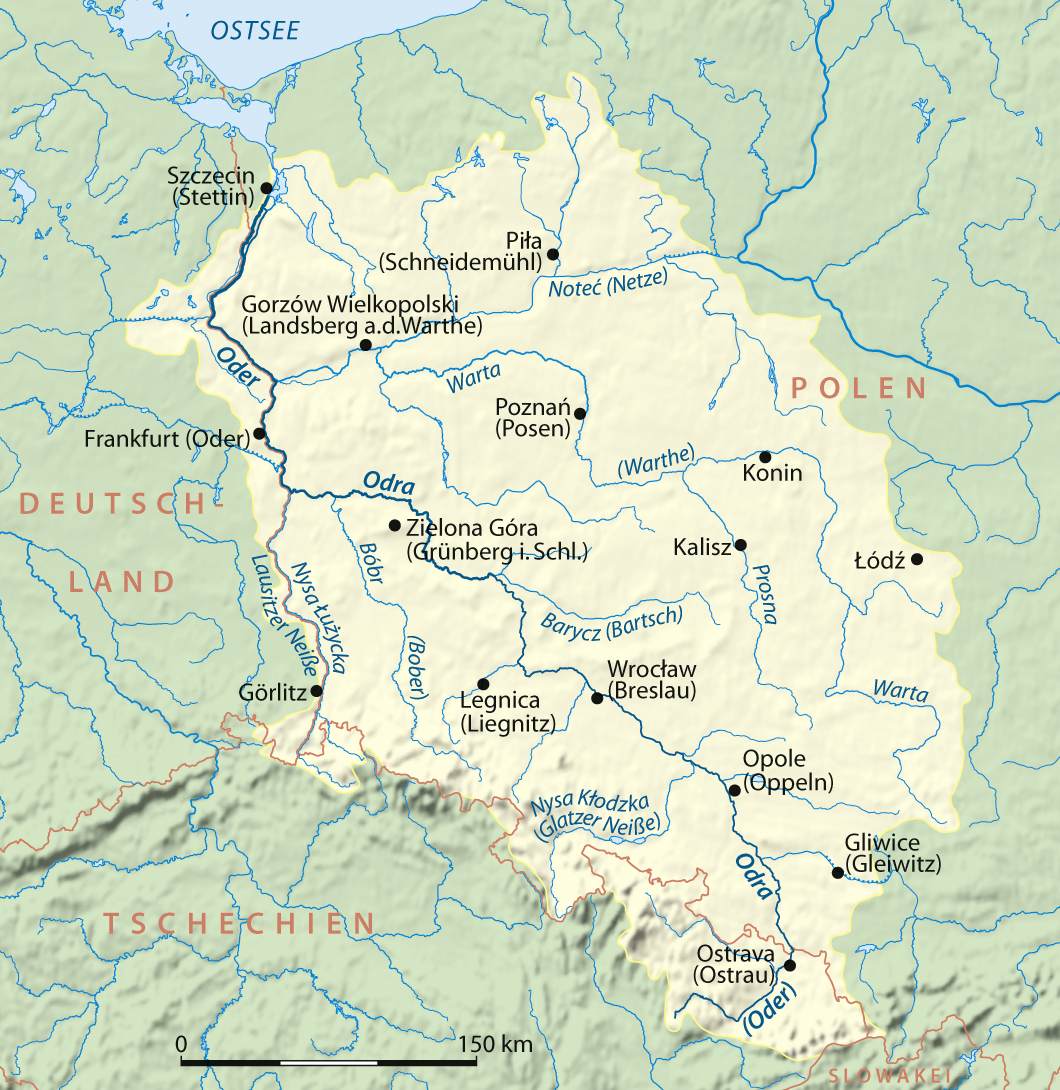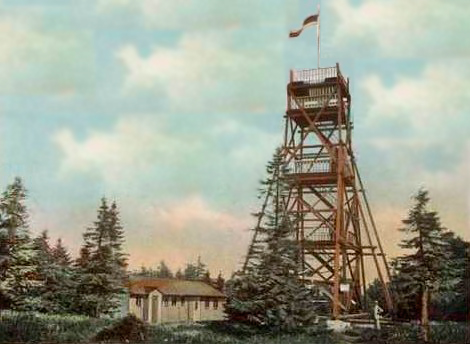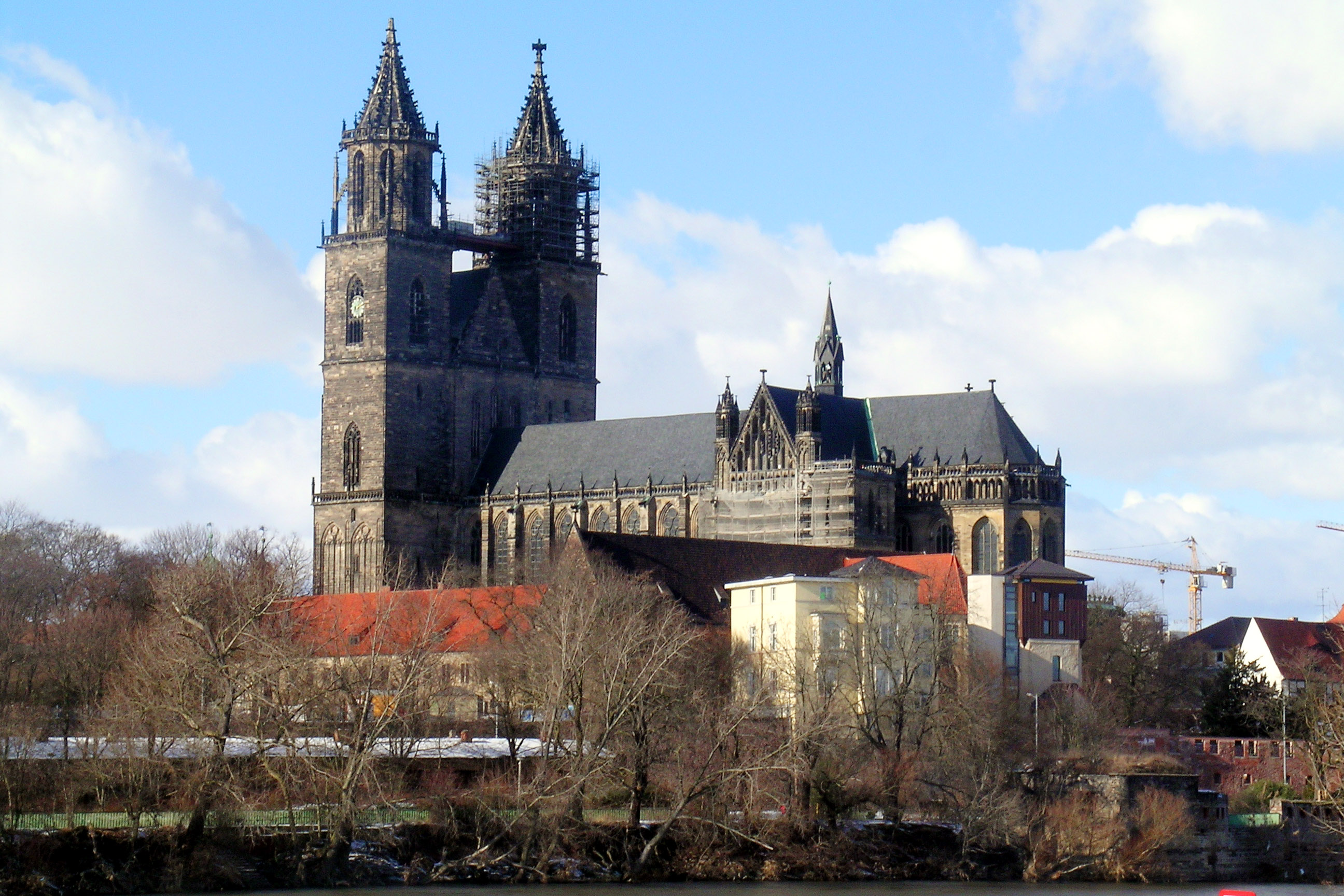|
Roman Catholic Diocese Of Görlitz
The Diocese of Görlitz () is a Latin Church diocese of the Catholic church in Germany. The current ordinary is Wolfgang Ipolt. History As part of the ancient See of Meissen For the history until 1821 see the History of the ancient See of Meissen. In order to insure the success of the Christian missions among the pagan Wends (a Slavic people), Otto I suggested at the Roman Synod of 962 the creation of an archiepiscopal see at Magdeburg. Pope John XII consented, and shortly before the execution of the plan in 968 it was decided at the Synod of Ravenna (967) to create three bishoprics — Meissen, Merseburg, and Zeitz — as suffragans of the Archdiocese of Magdeburg. The year in which the Diocese of Meissen was established is disputed, as the oldest extant records may be forgeries; however, the record of endowment by Otto I in 971 is considered genuine. In 1346 the diocese stretched from the Ore Mountains and Iser Mountains in the south, from there northwards downstream ... [...More Info...] [...Related Items...] OR: [Wikipedia] [Google] [Baidu] |
Görlitz
Görlitz (; ; ; ; ; Lusatian dialects, East Lusatian: , , ) is a town in the Germany, German state of Saxony. It is on the river Lusatian Neisse and is the largest town in Upper Lusatia, the second-largest town in the region of Lusatia after Cottbus, and the largest town in the German part of the region of Silesia. Görlitz is the easternmost town in Germany (the easternmost village being Zentendorf, Zentendorf (Šćeńc)) and lies opposite the Poland, Polish town of Zgorzelec, which was the eastern part of Görlitz until 1945. The town has approximately 56,000 inhabitants, which make Görlitz the List of cities in Saxony by population, sixth-largest town in Saxony. It is the seat of the Görlitz (district), district of Görlitz. Together with Zgorzelec it forms the Euro City of Görlitz/Zgorzelec, which has a combined population of around 86,000. The town's recorded history began in the 11th century as a Sorbs, Sorbian settlement. Through its history it has been under German ... [...More Info...] [...Related Items...] OR: [Wikipedia] [Google] [Baidu] |
Pope John XII
Pope John XII (; 14 May 964), born Octavian, was the bishop of Rome and ruler of the Papal States from 16 December 955 to his death in 964. He was related to the counts of Tusculum, a powerful Roman family which had dominated papal politics for over half a century. He became Pope somewhere between the ages of 17 and 25. If he was 17 then he may have been the youngest Pope in history- if not, that title may belong to Pope Benedict IX, Benedict IX, who was between the ages of 11 and 20 when Papal conclave, elected. In 960, he clashed with the Lombards to the south. Unable to control Rome easily, he sought help from King Otto I of Germany and coronation of the Holy Roman Emperor, crowned him emperor. John XII's pontificate became infamous for the alleged depravity and worldliness with which he conducted his office. He soon fell out with Otto, but died before Otto could succeed in his attempt to depose him. Family and election Family Octavianus was the son of Alberic II of Spoleto, P ... [...More Info...] [...Related Items...] OR: [Wikipedia] [Google] [Baidu] |
Upper Lusatia
Upper Lusatia (, ; , ; ; or ''Milsko''; ) is a historical region in Germany and Poland. Along with Lower Lusatia to the north, it makes up the region of Lusatia, named after the Polabian Slavs, Slavic ''Lusici'' tribe. Both parts of Lusatia are home to the West Slavic minority group of the Sorbs. The major part of Upper Lusatia is part of the German federal state of Saxony, roughly comprising Bautzen (district), Bautzen district and Görlitz (district), Görlitz district. The northwestern extremity, around Ruhland and Tettau, Brandenburg, Tettau, is incorporated into the Oberspreewald-Lausitz district of the state of Brandenburg. The eastern part of Upper Lusatia is in Poland, east of the Lusatian Neisse, Neisse (''Nysa'') river, in Lower Silesian Voivodeship. A small strip of land in the north around Łęknica is incorporated into Lubusz Voivodeship, along with the Polish part of Lower Lusatia. The historic capital of Upper Lusatia is Bautzen, Bautzen/Budyšin, while the lar ... [...More Info...] [...Related Items...] OR: [Wikipedia] [Google] [Baidu] |
Spree (river)
The Spree ( , ; , , ; ; ; in Lower Sorbian also called ''Rěka'') is a river in Germany and the Czech Republic. With a length of approximately , it is the main tributary of the Havel River. The Spree is much longer than the Havel, which it flows into at Berlin-Spandau; the Havel then flows into the Elbe at Havelberg. The river rises in the Lusatian Highlands, in the Lusatian part of Saxony, where it has three sources: the historical one called ''Spreeborn'' in the village of , the water-richest one in Neugersdorf, and the highest elevated one in Eibau. The Spree then flows northwards through Upper and Lower Lusatia, where it crosses the border between Saxony and Brandenburg. After passing through Cottbus, it forms the Spree Forest (), a large inland delta and biosphere reserve. It then flows through Lake Schwielochsee before entering Berlin, as The Spree is the main river of Berlin, Brandenburg, Lusatia, and the settlement area of the Sorbs, who call the river ''Sprj ... [...More Info...] [...Related Items...] OR: [Wikipedia] [Google] [Baidu] |
Lusatian Neisse
The Lusatian Neisse (; ; ; Upper Sorbian: ''Łužiska Nysa''; Lower Sorbian: ''Łužyska Nysa''), or Western Neisse, is a river in northern Central Europe.''Neisse River'' at www.britannica.com. Retrieved 4 Feb 2011. It rises in the , near Nová Ves nad Nisou, at the Czech border becoming the Polish– German border for i ... [...More Info...] [...Related Items...] OR: [Wikipedia] [Google] [Baidu] |
Oder
The Oder ( ; Czech and ) is a river in Central Europe. It is Poland's second-longest river and third-longest within its borders after the Vistula and its largest tributary the Warta. The Oder rises in the Czech Republic and flows through western Poland, later forming of the border between Poland and Germany as part of the Oder–Neisse line. The river ultimately flows into the Szczecin Lagoon north of Szczecin and then into three branches (the Dziwna, Świna and Peene) that empty into the Bay of Pomerania of the Baltic Sea. Names The Oder is known by several names in different languages, but the modern ones are very similar: English and ; Czech, Polish, and , ; (); ; Medieval Latin: ''Od(d)era''; Renaissance Latin: ''Viadrus'' (invented in 1534). The origin of this name is said by onomastician Jürgen Udolph to come from the Illyrian word ''*Adra'' (“water vein”). Ptolemy knew the modern Oder as the Συήβος (''Suebos''; Latin ''Suevus''), a name apparen ... [...More Info...] [...Related Items...] OR: [Wikipedia] [Google] [Baidu] |
Queis
The Kwisa (, , ) is a river in south-western Poland, a left tributary of the Bóbr, which itself is a left tributary of the Oder river. It rises in the Jizera Mountains, part of the Western Sudetes range, where it runs along the border with the Czech Republic. At the slope of the Smrk massif it turns northwards, flowing along the towns of Świeradów-Zdrój, Mirsk, Gryfów Śląski, Leśna, where it is dammed at the Lake Leśnia reservoir, to Lubań, Nowogrodziec and Kliczków. It finally joins the Bóbr river approximately north-west of Małomice and south-east of Żagań. For most of its length it is in Lower Silesian Voivodeship, but it also flows through Lubusz Voivodeship for several kilometres before reaching its mouth. Border river From about 937 the southeastern outskirts of the Saxon ''Marca Geronis'', established in the conquered lands settled by the West Slavic Milceni tribes, reached to the left banks of the Queiß-Kwisa. After the partition of the march in 965, ... [...More Info...] [...Related Items...] OR: [Wikipedia] [Google] [Baidu] |
Jizera Mountains
Jizera Mountains (), or Izera Mountains (; ), are part of the Western Sudetes on the border between the Czech Republic and Poland. The range got its name from the Jizera (river), Jizera River, which rises at the southern base of the Smrk (Jizera), Smrk massif. The Fagus sylvatica, beech forests within the Jizera Mountains were added to the UNESCO World Heritage Site known as Ancient and Primeval Beech Forests of the Carpathians and Other Regions of Europe, because of their outstanding preservation and testimony to the ecological history of Europe (and the beech family specifically) since the Last Glacial Period. Geography The range stretches from the Lusatian Mountains (Zittau Mountains) in the northwest to the Krkonoše in the southeast. The Jizera Mountains comprise the sources of the Jizera river, as well as of the Kwisa and the Lusatian Neisse. The major part in the south is formed from granite, in the northern part from gneisses and mica schists, with some areas formed from ... [...More Info...] [...Related Items...] OR: [Wikipedia] [Google] [Baidu] |
Ore Mountains
The Ore Mountains (, or ; ) lie along the Czech–German border, separating the historical regions of Bohemia in the Czech Republic and Saxony in Germany. The highest peaks are the Klínovec in the Czech Republic (German: ''Keilberg'') at above Normalnull, sea level and the Fichtelberg in Germany at . The Ore Mountains have been intensively reshaped by human intervention and a diverse cultural landscape has developed. Mining in particular, with its tips, dams, ditches and sinkholes, directly shaped the landscape and the habitats of plants and animals in many places. The region was also the setting of the earliest stages of the Early modern period, early modern transformation of mining and metallurgy from a craft to a large-scale industry, a process that preceded and enabled the later Industrial Revolution. The higher altitudes from around 500 m above sea level on the German side belong to the Ore Mountains/Vogtland Nature Parkthe largest of its kind in Germany with a length ... [...More Info...] [...Related Items...] OR: [Wikipedia] [Google] [Baidu] |
Archdiocese Of Magdeburg
The Archbishopric of Magdeburg was a Latin Catholic archdiocese (969–1552) and Prince-Archbishopric (1180–1680) of the Holy Roman Empire centered on the city of Magdeburg on the Elbe River. Planned since 955 and established in 967, the archdiocese had de facto turned void since 1557, when the last papally confirmed prince-archbishop, the Lutheran Sigismund of Brandenburg came of age and ascended to the see. All his successors were only administrators of the prince-archbishopric and Lutheran too, except the Catholic cleric Leopold William of Austria (1631–1635). In ecclesiastical respect the remaining Catholics and their parishes and abbeys in the former archdiocese were put under supervision of the Archdiocese of Cologne in 1648 and under the jurisdiction of the Apostolic Vicariate of the Northern Missions in 1670. In political respect the ''Erzstift'', the archiepiscopal and capitular temporalities, had gained imperial immediacy as a prince-archbishopric in 1180. Its ... [...More Info...] [...Related Items...] OR: [Wikipedia] [Google] [Baidu] |
Suffragan
A suffragan bishop is a type of bishop in some Christian denominations. In the Catholic Church, a suffragan bishop leads a diocese within an ecclesiastical province other than the principal diocese, the metropolitan archdiocese; the diocese led by the suffragan is called a suffragan diocese. In the Anglican Communion, a suffragan bishop is a bishop who is subordinate to a metropolitan bishop or diocesan bishop (bishop ordinary) and so is not normally jurisdictional in their role. Suffragan bishops may be charged by a metropolitan to oversee a suffragan diocese and may be assigned to areas which do not have a cathedral. Catholic Church In the Catholic Church, a suffragan is a bishop who heads a diocese. His suffragan diocese, however, is part of a larger ecclesiastical province, nominally led by a metropolitan archbishop. The distinction between metropolitans and suffragans is of limited practical importance. Both are diocesan bishops possessing ordinary jurisdiction o ... [...More Info...] [...Related Items...] OR: [Wikipedia] [Google] [Baidu] |






